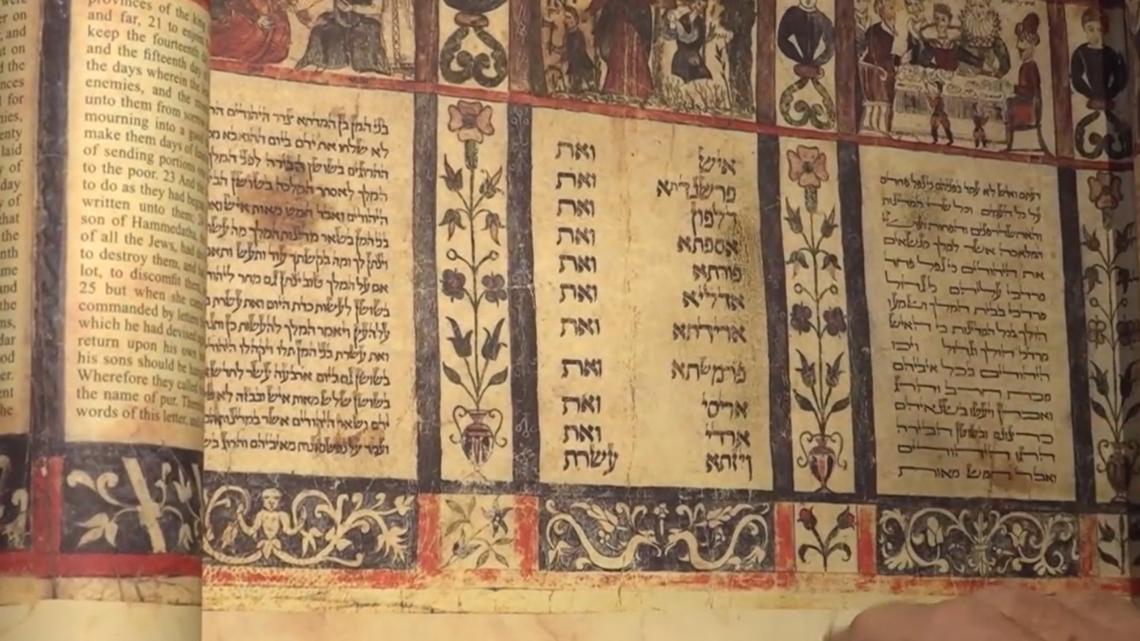The Marfa Holocaust & Model Ship Museum in Texas tells the story of Aliyah Bet through model ships and exhibits.
MARFA, Texas — In the quiet West Texas town of Marfa, where contemporary art often steals the spotlight, one small museum is telling a different kind of story—one built from wood, faith, and a calling that came in a dream.
The Marfa Holocaust & Model Ship Museum, founded by Kim Thornsburg and his late wife Peggy, honors the little-known story of the Aliyah Bet, a post-Holocaust resistance effort to return Jewish survivors to their homeland of Israel. Aliyah, Hebrew for “going home,” became a rallying cry for those fleeing Europe in the shadow of World War II.
Thornsburg, a master model shipbuilder, has spent years meticulously recreating vessels that once carried Holocaust survivors across the Mediterranean—ships that defied British blockades and international pressure to bring displaced Jews to safety.
“People say Hitler killed all these Jews,” he said. “But how did they get there? All those nations fed them throughout the entire war. They wanted all the Jews gone—all of them. But this document here… they can’t argue with me. It was written 2,600 years ago.”


Thornsburg believes that ancient texts foretold the persecution of the Jews and that history’s darkest chapters are connected by divine patterns—a theme he explores through his museum’s exhibits, music, and writings.
The idea for the museum didn’t start with Kim. It began with Peggy.
“She found a book at a San Antonio bookstore,” Thornsburg said. “It had a boat on the cover. I told her no, but she said, ‘Read the book.’ I did—and I fell in love with the story of the Aliyah Bet.”
Peggy not only encouraged Kim to build again—she painted the first image that sparked the museum. Somehow, she had seen it before the ship was ever designed. For Kim, it was a sign.
“She had me build this museum,” he said. “Then she went and found stuff like that—and painted it.”
Peggy passed away before seeing the full vision come to life, but her spirit is felt in every corner of the museum. And for Kim, the inspiration didn’t stop there.
He also writes music—some of which, he says, came to him in dreams.
“A little boy was playing a song on the piano in my dream,” Thornsburg recalled. “I told God, ‘Don’t let me wake up—I want to hear the whole song.’ I went to my piano and played it. It took me two weeks, but I got it written down.”
Every element of the museum is steeped in personal faith and an unwavering belief that nothing in life is random. From ship models to scripture scrolls to original piano compositions, Thornsburg sees his work as a mosaic pointing to a higher design.
“I asked God for a song with a pattern,” he said. “And that’s what this book is about—the pattern of the universe.”
Now, nine years since its founding, the museum is attracting visitors from around the world.
“They say it’s the only place in Marfa that has any art,” Thornsburg said. “They love it. I’m having a lot of people come to see this museum.”
In a town known for modern installations and minimalist sculptures, the Marfa Holocaust & Model Ship Museum stands quietly on its own, rooted not in trends, but in testimony. And as Thornsburg puts it, that’s what makes it special.
